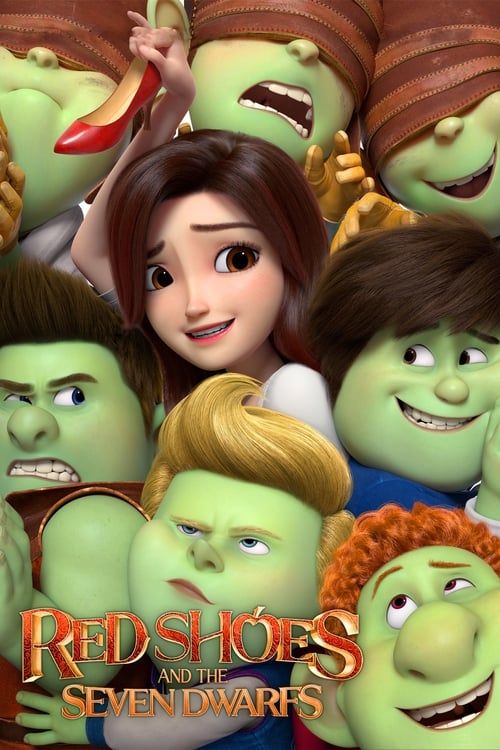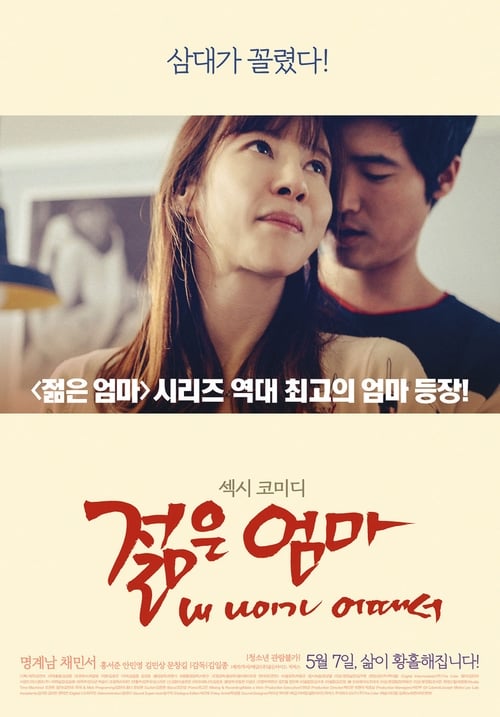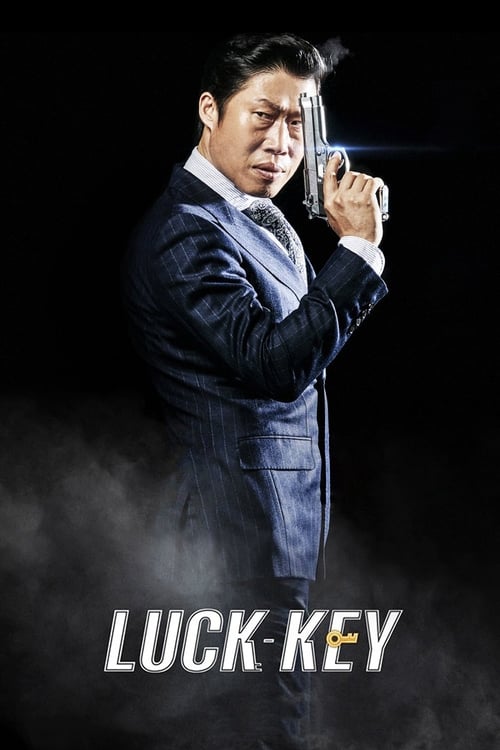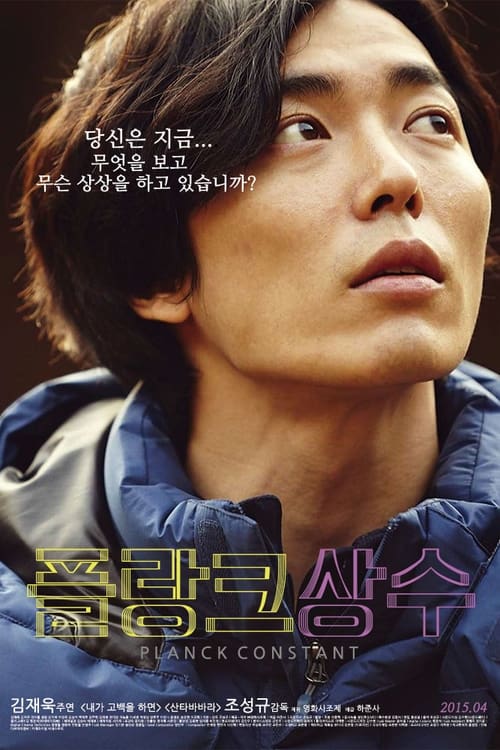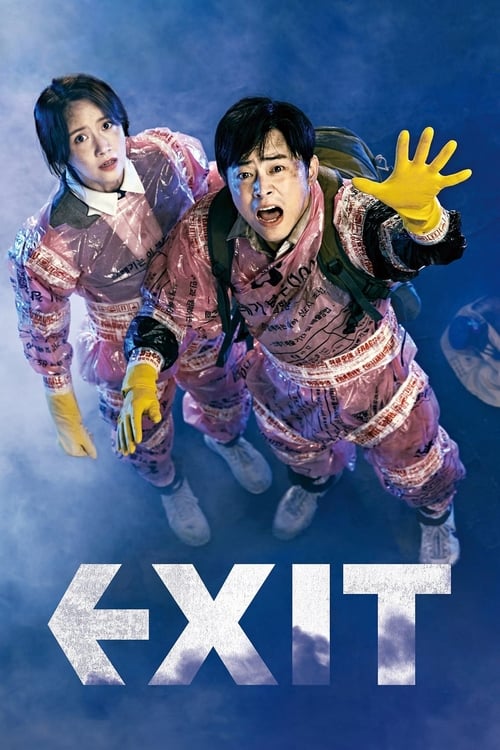
Ask Your Own Question
What is the plot?
What is the ending?
In the ending of "Ghost Over Flowers," the main character, a young woman named Jin-hee, confronts her feelings and the reality of her situation. After a series of emotional revelations and supernatural encounters, she ultimately decides to let go of her past and embrace her future. The film concludes with Jin-hee finding peace, symbolized by her planting flowers in a garden, representing new beginnings.
As the final scenes unfold, we see Jin-hee standing in her small, sunlit apartment, surrounded by remnants of her past. The air is thick with nostalgia as she gazes at a photograph of her late mother, a bittersweet smile gracing her lips. The camera lingers on her face, capturing the mix of sorrow and acceptance that has settled within her. She takes a deep breath, her heart heavy yet hopeful, as she prepares to confront the lingering spirits that have haunted her.
In the next scene, Jin-hee steps outside, the vibrant colors of the world around her contrasting sharply with her somber mood. She walks through a bustling market, the sounds of laughter and chatter filling the air. Each step she takes is deliberate, as if she is shedding the weight of her past with every footfall. The camera follows her closely, emphasizing her isolation amidst the crowd, a visual representation of her internal struggle.
As she reaches a secluded park, Jin-hee finds herself face to face with the ghost of her mother. The spirit appears ethereal, bathed in a soft glow, embodying both warmth and sorrow. Their conversation is poignant, filled with unspoken words and unresolved feelings. Jin-hee expresses her longing for her mother's guidance, her voice trembling with emotion. The ghost, in turn, reassures her, urging her to live fully and not be bound by grief. This moment is charged with raw emotion, as Jin-hee's tears flow freely, a cathartic release of years of pent-up sorrow.
The scene shifts to Jin-hee kneeling in a garden, her hands digging into the earth as she plants vibrant flowers. Each flower represents a memory, a piece of her past that she is choosing to honor rather than be haunted by. The sun shines brightly overhead, illuminating her face as she smiles through her tears, a symbol of her acceptance and newfound strength. The camera captures the delicate petals as they unfurl, mirroring Jin-hee's own journey of growth and healing.
In the final moments, we see Jin-hee standing back to admire her work, the garden now a tapestry of colors. The spirits that once lingered around her begin to fade, their presence no longer a burden but a gentle reminder of love and loss. Jin-hee's expression is one of peace, a serene acceptance of her past and a hopeful gaze towards her future.
As the screen fades to black, the audience is left with the image of Jin-hee, a young woman transformed by her experiences, ready to embrace life with open arms. The film closes on a note of resilience, highlighting the importance of letting go and the beauty of new beginnings. Each character, particularly Jin-hee, finds their resolution, illustrating the film's central themes of love, loss, and the enduring power of hope.
Is there a post-credit scene?
In the movie "Ghost Over Flowers," there is indeed a post-credit scene that adds an intriguing layer to the story. After the credits roll, the scene opens in a dimly lit room filled with an eerie silence. The camera pans slowly across the room, revealing remnants of the main characters' journey, such as photographs and personal items that hint at their past experiences.
Suddenly, the atmosphere shifts as a soft, ghostly light begins to flicker in one corner of the room. The light intensifies, and a familiar figure appears--one of the main characters who had previously faced a tragic fate. This character, now in a spectral form, looks around with a mix of nostalgia and longing. Their expression conveys a sense of unfinished business, as they seem to be searching for something or someone.
As the character moves through the room, they pause at a particular photograph, their gaze lingering on the faces of their friends. A wave of emotion washes over them, reflecting a deep connection and unresolved feelings. The scene captures the essence of love, loss, and the bonds that transcend even death.
The post-credit scene concludes with the character whispering a name, hinting at a potential reunion or a message left for the living. The screen fades to black, leaving the audience with a sense of hope and curiosity about what lies ahead for the characters, both living and departed. This moment serves as a poignant reminder of the film's themes of connection and the enduring impact of relationships, even beyond the grave.
What is the significance of the flower shop in the story?
The flower shop serves as a central location in 'Ghost Over Flowers,' symbolizing both life and death. It is where the protagonist, a florist, encounters the ghost of a young woman who died tragically. The shop becomes a space for healing and connection, as the florist learns to navigate her grief and the unresolved issues of the ghost.
How does the protagonist's relationship with the ghost evolve throughout the film?
Initially, the protagonist is frightened and confused by the ghost's presence. As the story progresses, she learns to communicate with the ghost, uncovering the tragic circumstances of the ghost's death. This relationship evolves from fear to empathy, as the protagonist helps the ghost find closure, which in turn helps her confront her own past.
What role does the character of the detective play in the plot?
The detective is introduced as a skeptical figure who initially dismisses the protagonist's claims about the ghost. However, as the plot unfolds, he becomes an ally, helping the protagonist investigate the circumstances surrounding the ghost's death. His character adds a layer of tension and intrigue, as he grapples with his own beliefs about the supernatural.
What are the main conflicts faced by the protagonist in the film?
The protagonist faces multiple conflicts, including her struggle with grief over a personal loss, her initial disbelief in the supernatural, and the challenge of helping the ghost find peace. Additionally, she must confront societal expectations and her own fears, which complicate her journey toward acceptance and healing.
How does the film portray the theme of unresolved issues through its characters?
The film intricately weaves the theme of unresolved issues through its characters, particularly the ghost, who represents unfinished business from her life. The protagonist's interactions with the ghost reveal her own unresolved feelings about her past, including guilt and regret. This duality highlights how both characters must confront their respective issues to move forward.
Is this family friendly?
"Ghost Over Flowers," produced in 2015, is a film that blends elements of fantasy and drama, featuring themes that may not be entirely suitable for younger audiences or sensitive viewers.
-
Supernatural Elements: The presence of ghosts and the exploration of the afterlife may be unsettling for children, as it deals with themes of death and loss.
-
Emotional Turmoil: Characters experience significant emotional struggles, including grief and longing, which could be intense for younger viewers to process.
-
Mature Themes: The film touches on themes of love, betrayal, and the complexities of relationships, which may be difficult for children to fully understand.
-
Mild Scares: There are moments designed to evoke surprise or fear, particularly involving ghostly appearances, which could be frightening for sensitive individuals.
-
Tension and Conflict: Scenes of conflict between characters may include raised voices or emotional confrontations that could be distressing.
Overall, while the film has a whimsical and fantastical premise, its deeper emotional themes and supernatural elements may not be appropriate for all children or sensitive viewers.








